The Official City Life Guide to Barbecue Bliss
Whether you’re a daily burger-flipper or a grilling virgin, when investing in a barbecue you want a unit that’ll turn you on as much as you’ll turn it on. As summer tugs us outside and transforms our backyards into our own personal restaurants, City Life chats with Vaughan’s grilling authorities to reveal their insider tips, tricks and secrets to reaching your #barbecuegoals this season.
The word “barbecue” can be traced back to the late 1400s, after Columbus landed in the Americas, when the Spanish discovered the Haitians roasting meat over a grill comprised of a wooden framework over a fire.
While we’re sure whatever they were cooking turned out incredibly tasty (modern-day campers can attest there’s nothing quite like the smoky result of a more grassroots grilling method), the art of barbecuing has come a long way since then. More than six centuries later, it’s become the heart of warm-weather cuisine and a staple for most homeowners. This summer, fire up your barbecuing stamina with the help of two local experts who let City Life in on their secrets to becoming a master of the cookout. Duff Dixon, president of Vaughan’s own Barbecue World, and Ryan Baltjes, senior category business manager, seasonal and barbecues, at Canadian Tire, answered our most burning barbecue-related questions to amp up your grilling game this summer.
Q: How do I find the barbecue that’s right for me?
Step 1. Set your budget.
Barbecues come in all shapes, sizes and price ranges. First determine how much you want to spend: within the $200-$500 range, the $600-$800 range or $900-plus. But keep in mind that a barbecue is only as good as its chef, reminds Dixon. “The world’s top chef could look at one of our $300 models and go, ‘this is a great little barbecue. I could do some great stuff on this.’”
Step 2. Think about what you want it to do for you.
Do you want charcoal, propane or natural gas? Cast iron or steel? A side burner for sautéeing or boiling pasta? A real burner for rotisserie cooking? Think of all the things you want your barbecue to do for you. This will help narrow your options down to three or four, says Dixon.
Step 3. Get shallow about it.
“Eventually it boils down to the appearance of the barbecue,” says Dixon. Which one fits your personal style? Which one would best complement the look of your backyard or patio? Take home the one that looks as good as your homemade burgers will taste.
Q: What’s the difference between a cheap, standard barbecue and a high-quality investment grill?
“You could buy an inexpensive set of patio furniture, and you can tell it’s lightweight and won’t last for very long,” says Dixon. “It’s the same thing with a barbecue. The more money you invest in it, the heavier and more robust the components will be, meaning they will last longer.”
A major factor that separates the good barbecues from the not-so-good ones is the metal they’re made of, says Baltjes. “Whether it’s stainless steel or powder-coated steel will determine how the barbecue can handle the elements,” he says. Stainless steel is more durable, making it the prized material in barbecue building — which also means it’s a lot pricier. The more you pay for a barbecue, the more it will be made of stainless steel. The investment is worth it if you’re in it for the long haul, but if you’re only looking to get a few years out of your barbecue, you can get a lot of value out of a cheaper, non-stainless-steel unit.
Workmanship is also important. “Workmanship is hard to measure when shopping, but easy to feel,” says Baltjes. While inspecting a barbecue, take note of how the lid feels when opening, if the legs are sturdy and if the knobs are easy to turn.
Q: How do I care for my barbecue?
They’re scalding hot, they’re freezing cold, they’re left outside and abused by the elements — barbecues take a beating, and the best way to keep them in good condition is to keep them clean.
Every two weeks, Dixon recommends taking a top-to-bottom approach to washing your barbecue, starting by brushing down the cooking grills, then removing those to clean the heat plates. After that, take a peek inside the body of the barbecue, because chances are you’ll spot a stray hot dog or shrimp that fell down at some point.
According to Baltjes, investing in the right accessories also helps to keep your barbecue at its best. He advises grabbing a barbecue cover to protect it from the rain and sun, a good -quality brush, cleaning stones and degreasers for when the time comes for that thorough wash.
Dixon’s final tip for caring for your barbecue: Buying a locally made unit. That way, when the time comes to replace, say, the heat plate, it won’t be a struggle to find the same piece.
Q: Charcoal or gas?
“A propane or natural gas barbecue will take ten or fifteen minutes to heat up, and a charcoal barbecue will take fifteen or twenty,” says Dixon. “A lot of people think it’s an incredibly long period of time, but when you do it properly, it’s only an extra five or ten minutes to get the charcoal up to the temperature you require for charcoal barbecuing.”
And the benefits of waiting those extra five or ten? According to Baltjes, while gas barbecues are convenient for the post-workday dinner rush or trying to grill on those cold winter nights, charcoal offers a broader range of flavour, staying true to that smoky, classic barbecue taste.
Which barbecue gives me the most bang for my buck?
Duff Dixon, Barbecue World
www.bbqs.com
1. Broil King Monarch 320, starting at $399
“This is a fabulous starter barbecue for any family. You could make an absolutely amazing steak on this. Plus, it’s made in Canada.”
2. Broil King Sovereign 20, starting at $699.99
“This gives you a larger cooking surface, and the stainless steel cooking grills will last longer.”
3. Weber Summit S-470, starting at $2,699.99
“This comes with more components like a side burner, rear burner and rotisserie, a sear zone, a dedicated smoker box and backlit control knobs.”
Ryan Baltjes, Canadian Tire
www.canadiantire.ca
4. Master Chef E480, starting at $299.99
“This is a fantastic barbecue if you’re looking for great value and want to get more enjoyment out of your backyard space.”
5. Coleman Revolution 4-Burner, starting at $749.99
“If you’re tired of flare-ups and burning your food – this is your grill. The innovative double-stacked Flare-Free grates channel grease away from the burners and give you greater control while cooking.”
6. Napoleon Legend RSIB, starting at $1,149.99
“This barbecue is packed with premium features and a quality design. It’s a great option if you want to cook a wide range of food or be an expert grill master!”










































































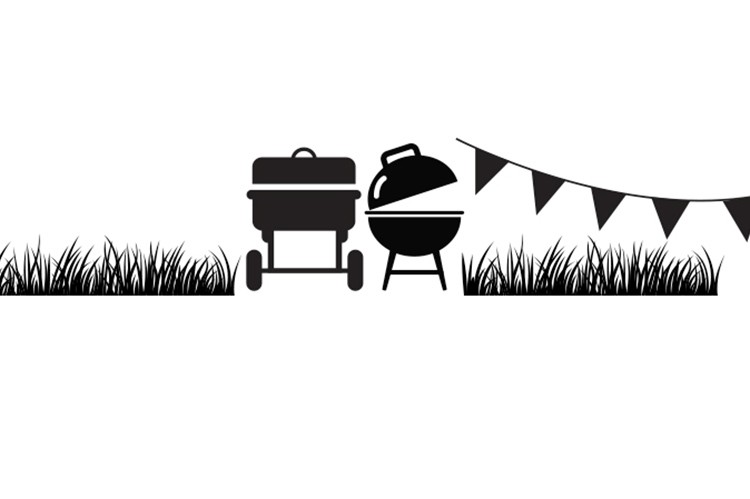
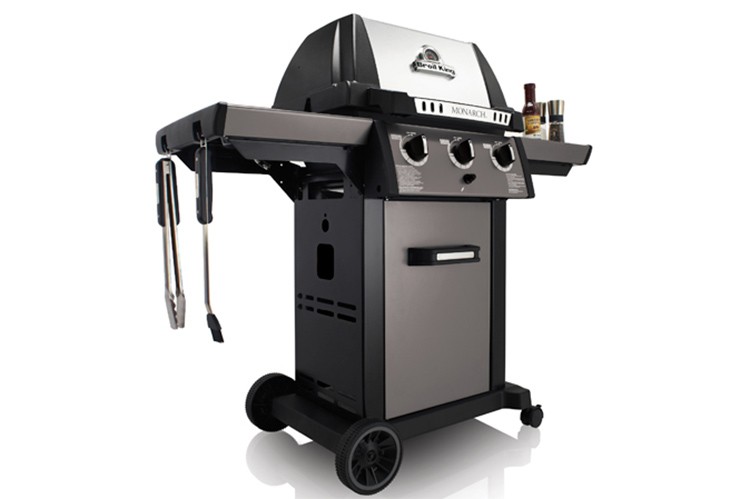
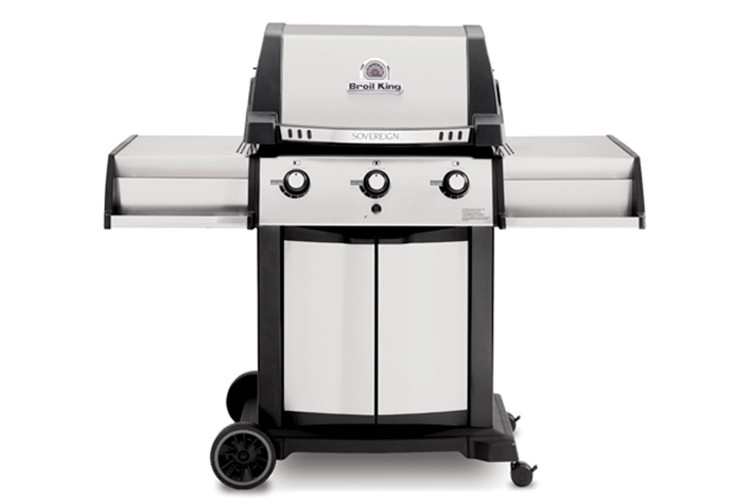
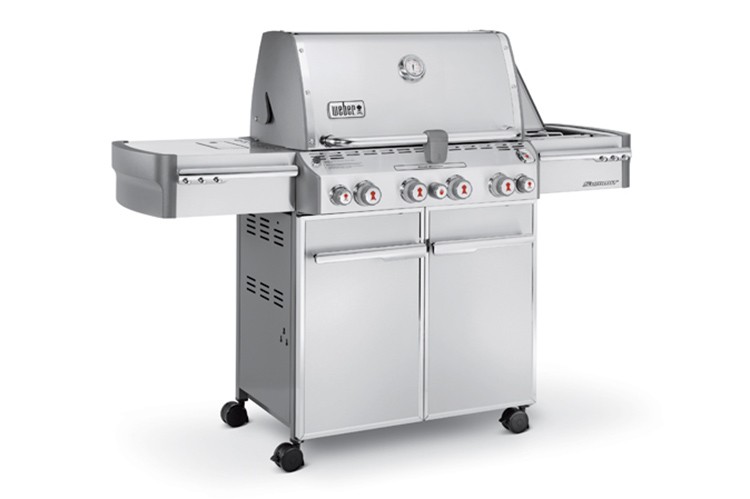
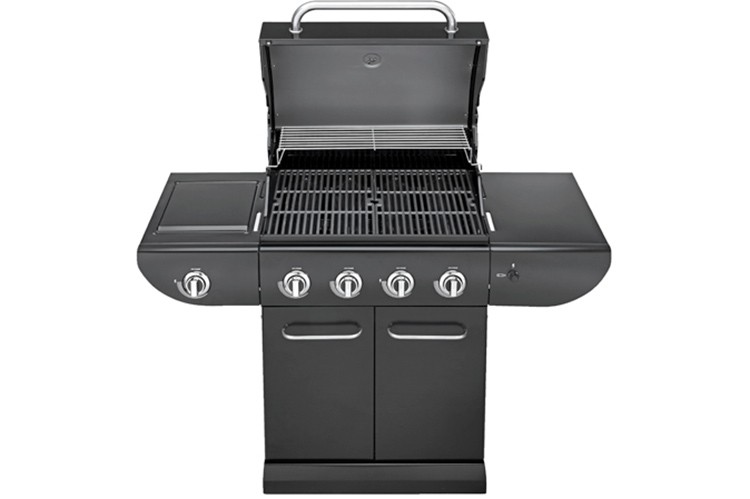
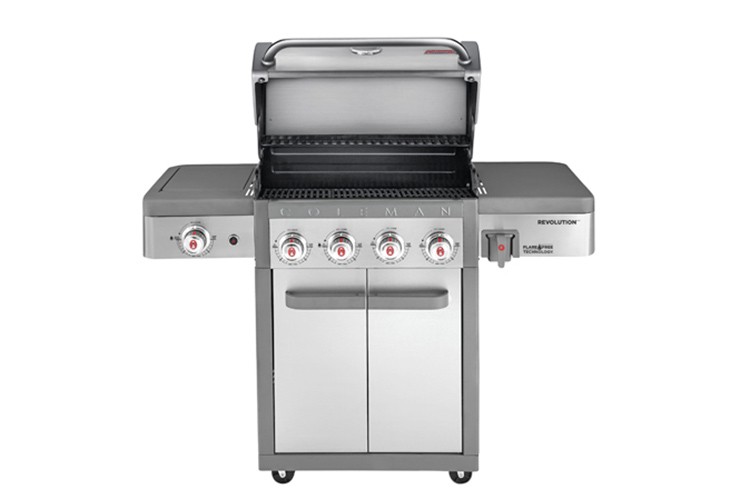
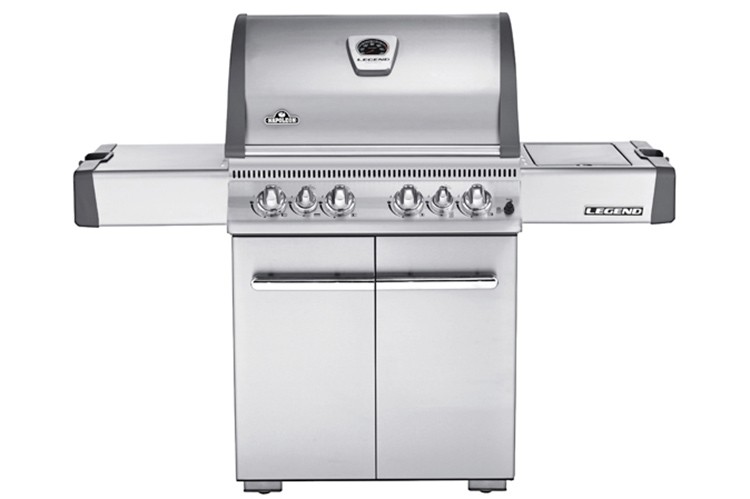



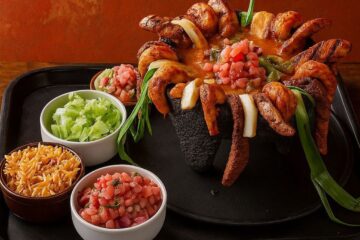



No Comment